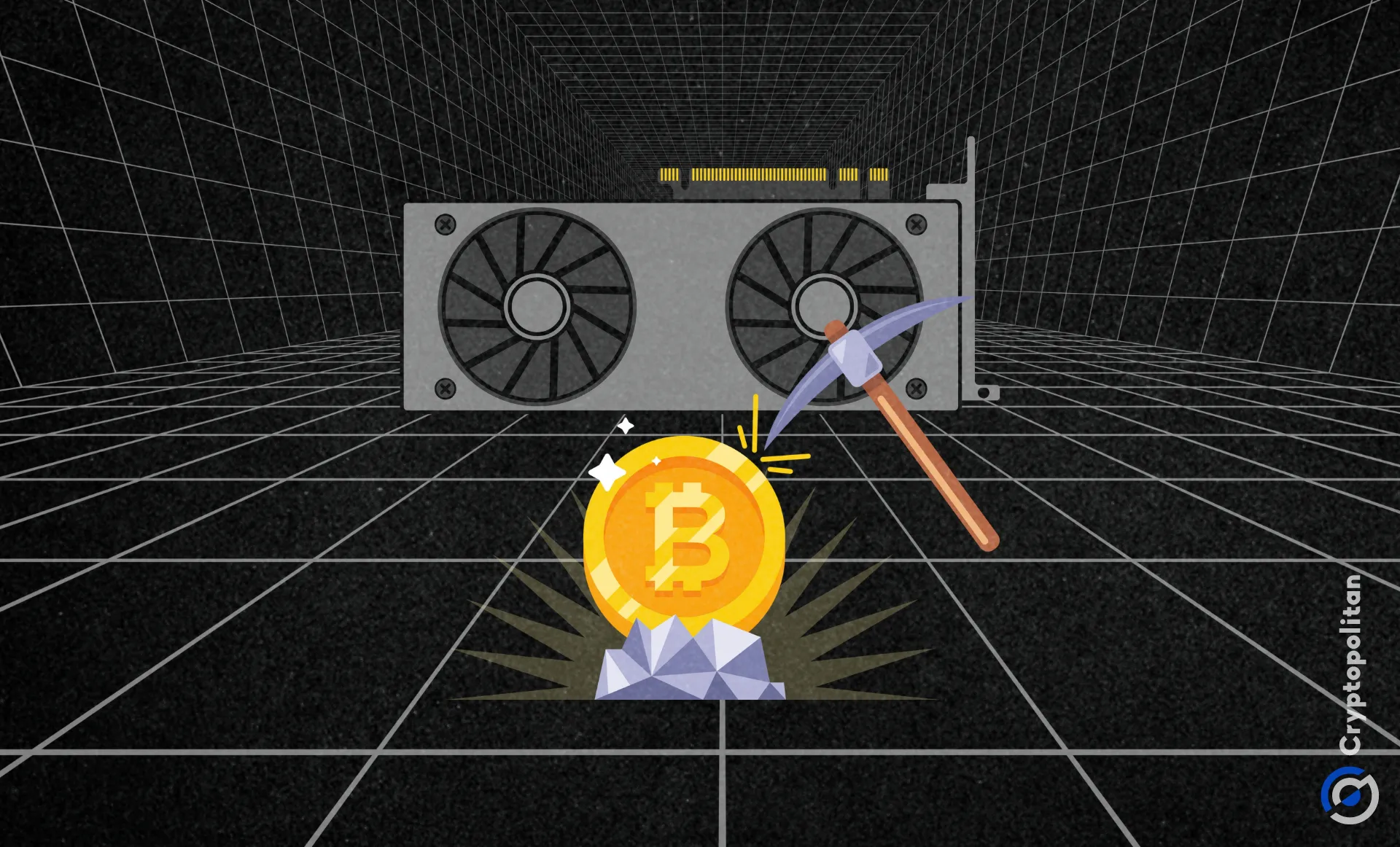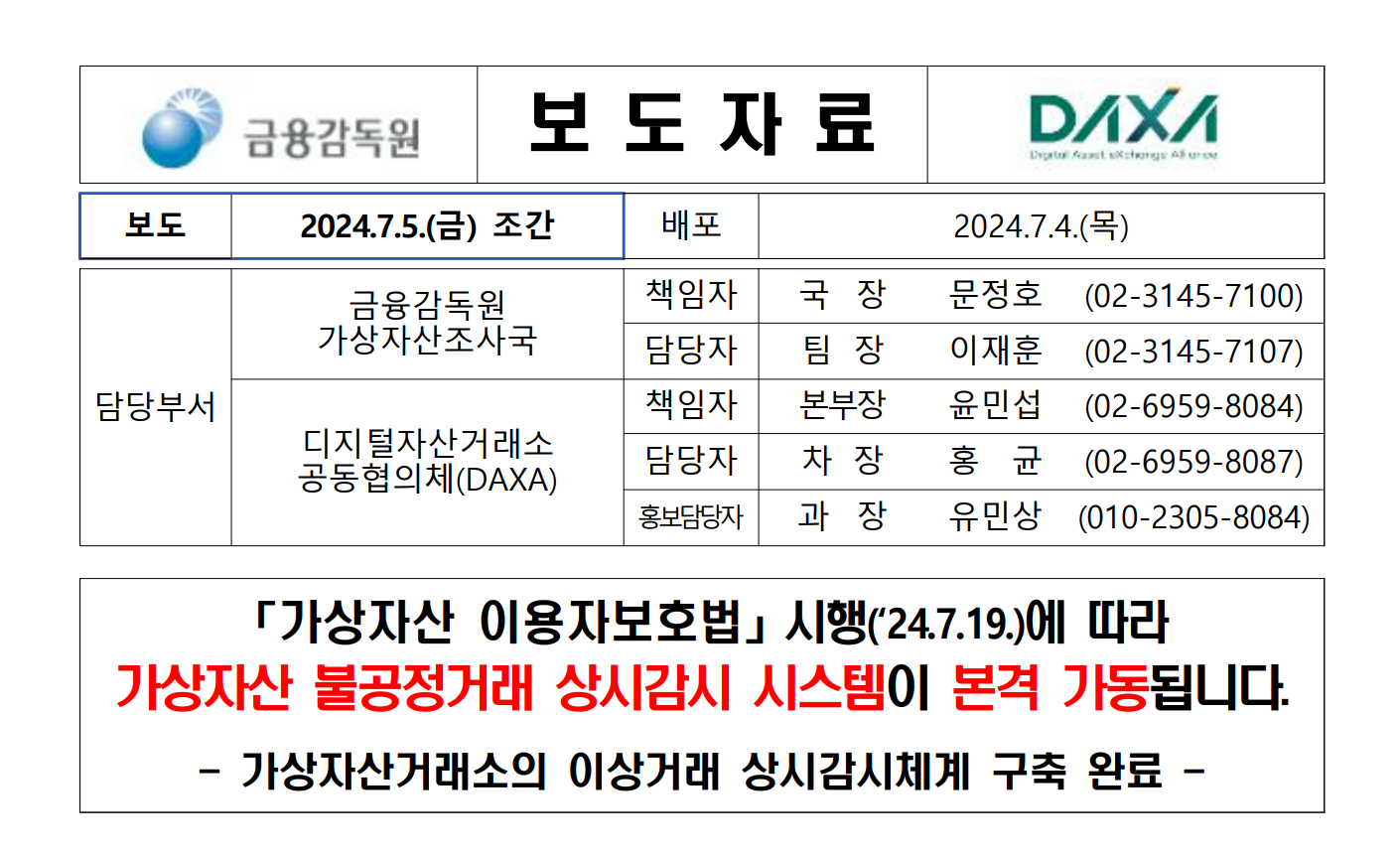There may be signs that a hidden form of crypto mining is targeting the clients of rented GPUs for the purposes of training AI, rendering, or other computation-intensive tasks. The attacks come through GPU renting templates and affect even widely accessible services like Vast AI.
Hidden mining may be returning in a new form, targeting rented GPU power. Formerly, hidden miners operated through websites or attacked networks, abusing their computational power to mine obscure crypto coins. Most of the mining power was used for Monero (XMR), while the crypto mining programs were disguised in apps or websites.
As GPU renting is thriving, offering rented computation from mainstream companies, crypto startups, or even former mining farms, hackers may be stealing some of the GPU power for illicit crypto mining.
Watch out for @vast_ai templates with crypto miners built in. Wish @LambdaAPI accepted payments from Turkey. pic.twitter.com/AXrBOG0QJc
— Kuter Dinel (@KuterDinel) August 22, 2024
Access to Vast AI is relatively straightforward. It offers cloud-based GPU power with varied pricing based on the host. It has been a popular provider of cloud services in the past few years, as it has fewer rate restrictions. The threat of hidden miners may be avoided with other GPU rental forms, which offer more control for the end customer.
The mining wallet belongs to Xelis, a recently active mining coin. Xelis has been trading since August 16, but crypto mining in the initial stages was active for months. The Xelis network reports 5.23 GH/s, more than double of Monero chain’s hashrate. Xelis copied a similar model to Monero even though it claims to have been created from scratch. The asset also focuses on confidentiality and is still in the solo mining stage.
The Xelis network has grown in recent months, also adding powerful crypto mining pools. Xelis does not seek obscurity and has a growing social media presence. As of July 29, Xelis trading also started on the Mexc market. With potentially increasing liquidity, hidden miners may have more incentives to produce Xelis blocks.
After the initial price discovery stage, early Xelis miners also noticed a rise in difficulty. This has caused speculation that the Xelis project may follow the trajectory of Kaspa, which started off as a community mining project, before inviting big pools.
Xelis has an agile mining algorithm to adjust difficulty, as pools move GPU power to new proof-of-work coins that turn liquid and profitable.
As of August 30, XEL traded at $10.66, near an all-time high, though still building up its volumes to around $450K in 24 hours.
GPU crypto mining coins still draw in hashrate
Few mined coins remain in 2024, as they have been replaced by speculative tokens.
Monero (XMR) is a likely candidate for distributed GPU mining, though it is more difficult to swap or trade due to KYC restrictions. Other GPU-compatible tokens include ZCash and Ravencoin, relatively older assets.
In the past few months, Monero’s network had impressive hashrate levels, remaining near its all-time high. The network has not been abandoned, and is relatively accessible at 2.5GH/s. The hashrate signals low competition and a favorable entry point for bot miners.
A collection of smaller projects is still available for mining, though with thin profit margins. Even the top-range GPUs have limited profitability of less than $1 in 24 hours. Yet even at that rate, stealing access to multiple GPU pools may still be profitable.
GPU rentals boost crypto AI projects
High-grade GPUs are affecting the crypto space in multiple ways. Direct crypto mining is now a niche activity, but GPU rentals quickly became a novel use case. Projects like Render (RNDR) switched to using GPU for more productive activities than hashing, such as spearheading image and video rendering.
Recently, RNDR celebrated its seventh year as an AI infrastructure project. The advantage of the platform was its ability to predict the boom of image-based AI activity, and gain access to GPUs at an earlier stage.
The RNDR network shows activity in mints and burns, as well as incentives to users. The payment rates for Render GPU power are similar to other cloud services, though with the extra step of using RNDR for payments.
Render still focuses on creators, with a recent grant program launched to support image and video editors. Beyond renting out GPU, Render also has a burn schedule for its RNDR native token, to reflect demand and market conditions.
As of August 30, RNDR traded at $5.27, after achieving a recent monthly peak at $6.30. Render is also among the leading projects in the AI narrative, and the one with the widest physical infrastructure of GPU and nodes.
Cryptopolitan reporting by Hristina Vasileva





